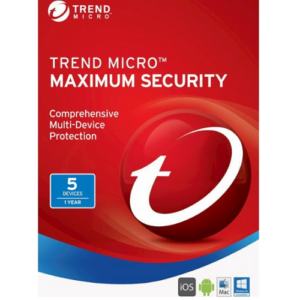Software prerequisites
Before diving into the software, ensure your system meets the prerequisites. Verify compatible operating systems, available RAM, and processor requirements. Install essential dependencies, such as runtime environments and libraries. Confirm adequate storage space and check for any specific hardware prerequisites. Thoroughly review the documentation for precise details. This groundwork ensures a smooth installation and optimal performance of the software.
Here are the key Features of Software prerequisites:
- Operating System Compatibility: Ensure that the software is compatible with the target operating system (e.g., Windows, macOS, Linux) and its specific version.
- Hardware Requirements: Identify the minimum and recommended hardware specifications (CPU, RAM, storage) necessary for the software to function optimally.
- Dependencies: List and verify any third-party software or libraries that the application relies on. Make sure these dependencies are installed and configured correctly.
- Runtime Environment: Specify the required runtime environment, such as Java Runtime Environment (JRE) or .NET Framework. Ensure that the correct version is available.
- Database Requirements: If the software interacts with a database, specify the compatible database systems and versions. Ensure that the necessary database server is installed and accessible.
- Network Configuration: If the software involves network communication, define any network settings or configurations, such as ports and protocols, that need to be in place for proper functionality.
- User Permissions: Identify the required user permissions for installation and execution. This includes administrative privileges for installation and specific permissions for accessing certain resources.
- Software Versions: Specify the compatible versions of other software components. For example, the software may require a specific version of a web browser or runtime environment.
- Configuration Files: Identify any configuration files that need to be modified or created. These files may contain settings and parameters crucial for the software to run as intended.
- Security Considerations: Highlight any security-related prerequisites, such as the need for antivirus exclusions or firewall configurations. Ensure that the software complies with security best practices.
- Licensing and Activation: If applicable, communicate any licensing requirements and activation procedures. Users may need to obtain a license key or follow specific steps to activate the software.
- Documentation and Support: Provide comprehensive documentation on software prerequisites. Include troubleshooting tips and support resources for users who encounter issues during installation.
- Display 15 Products per page

 Trend Micro Maximum Security
Trend Micro Maximum Security Trend Micro Maximum Security
Trend Micro Maximum Security Trend Micro Maximum Security
Trend Micro Maximum Security
